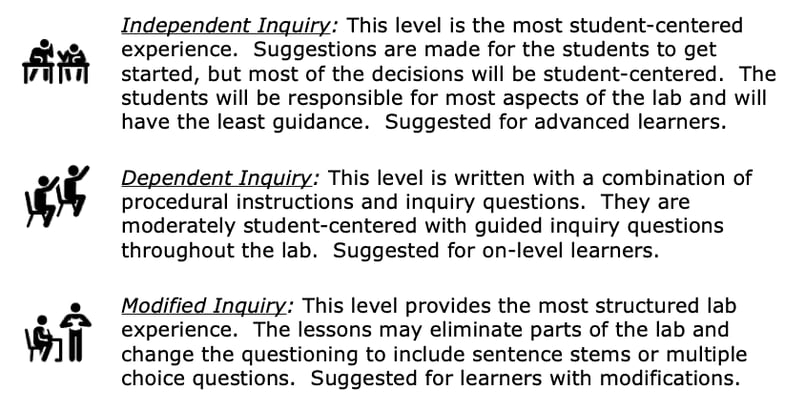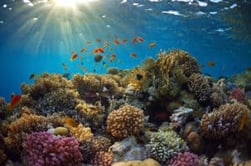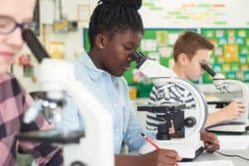Pangaea Plate Movement Inquiry Lab
Middle School Inquiry Lab on Pangaea Plate Movement
In this lab students will be able to make a connection between the distribution of fossils and how they provide evidence that Earth’s plates are moving.
Each inquiry lab will contain an essential question that will drive the lesson and make students think. For this lesson, the essential question is:
- How does evidence from fossil distribution and continental shapes prove that Earth’s plates are moving?
BACKGROUND INFORMATION AND MATERIALS LIST:
Students will begin the lab by reading the essential question and background information. This can be done individually, as lab groups, or as a whole class. If you consider lab groups, you also might include some type of whole class formative checks before digging into the lab.

Materials List:
- Pangaea continents puzzle
- scissors
- crayons
- glue
- plain paper
- wax paper
- clay (2-3 colors)
PROCEDURE:
For this lab, students use a table to correctly identify which fossil was found in certain areas across the globe. Using the information on the Pangaea pieces, students will then match up the fossil zones to show what the continents looked like as they were once together. Then students will create their own super-continent, break it apart, and see if another group of students can find evidence to reassemble it. Students will create patterns in their super-continent creation to represent rock formations and fossil evidence before breaking it apart. This will provide other groups the evidence they need to reassemble their creation.
CHECK FOR UNDERSTANDING:
At this point in the lab, students will be checked for understanding by answering questions about their findings. Here are a few that come with the lab:
- How does the location of fossils support the existence of Pangaea?
- How is this similar to how scientists “reassemble” Pangaea?
CONCLUSION
Students will go back to the essential question and write a CER (Claim, Evidence, Reasoning) to conclude the lab. Once completed, students will reflect back on their learning by answering the following questions:
- What is different about the positions of Eurasia and India today versus their positions in Pangaea?
- If a new fossil were found on the west coast of Africa, where would we also expect it to be found?
MODIFIED AND INDEPENDENT INQUIRY VERSIONS
All of the Kesler Science inquiry labs come with three different modification levels. Each lab is differentiated using the icons below.
STANDARDS ALIGNMENT
NGSS: MS-ESS2-3 – Analyze and interpret data on the distribution of fossils and rocks, continental shapes, and seafloor structures to provide evidence of the past plate motions.

Download Over $100 in FREE Resources
For Middle School Science
Simply create a login below and gain immediate access to a selection of our Kesler Science product line worth $100 - for FREE. There's a full version of every product type! You'll also join tens of thousands of middle school science teachers who receive timely tips and strategies straight to their inbox.






